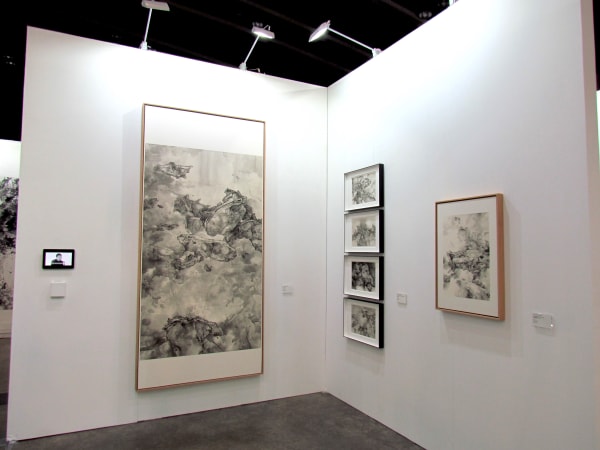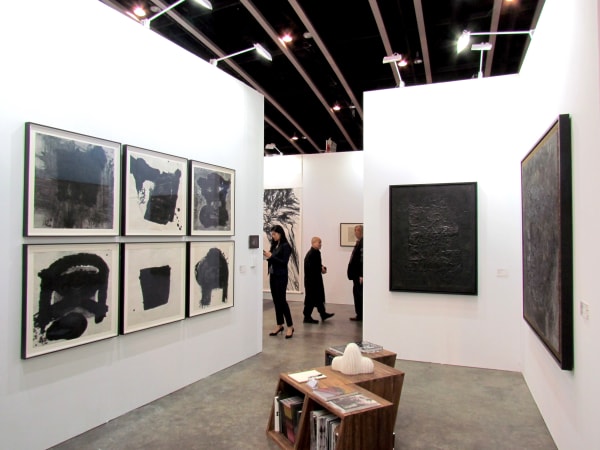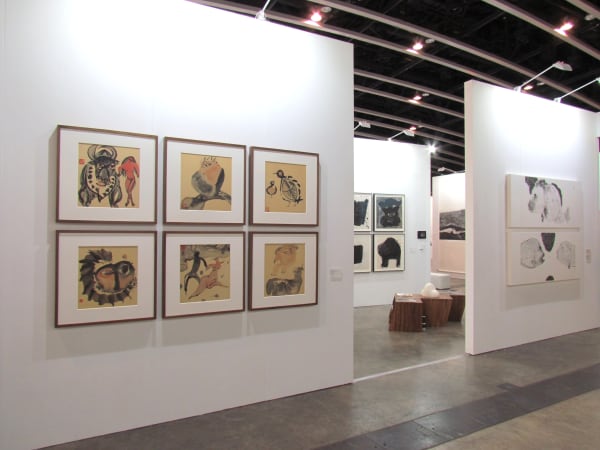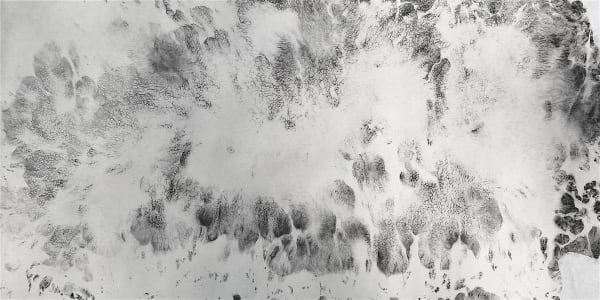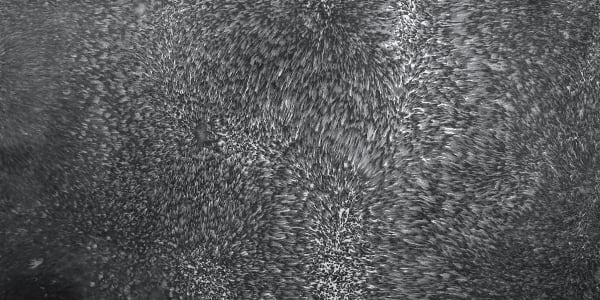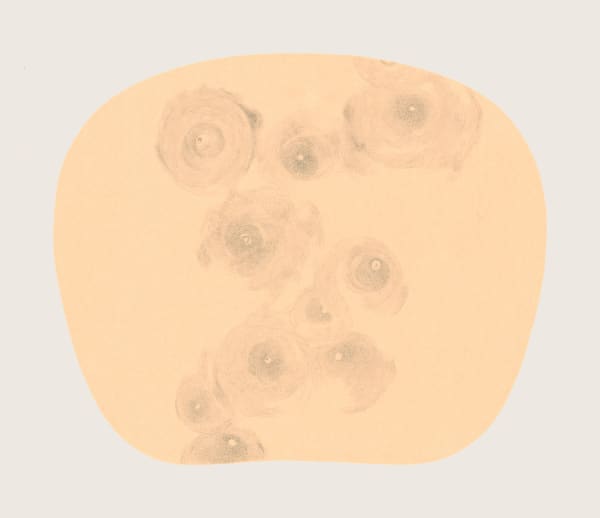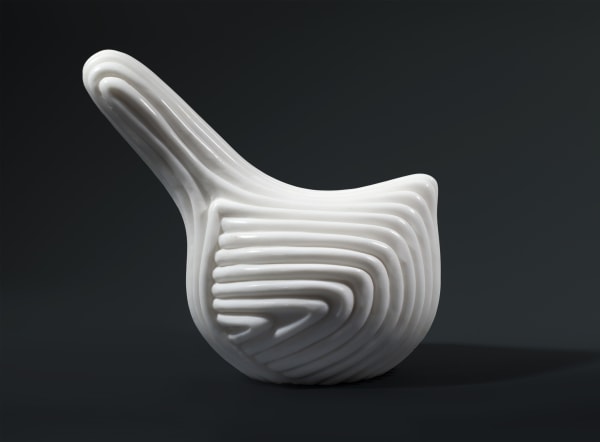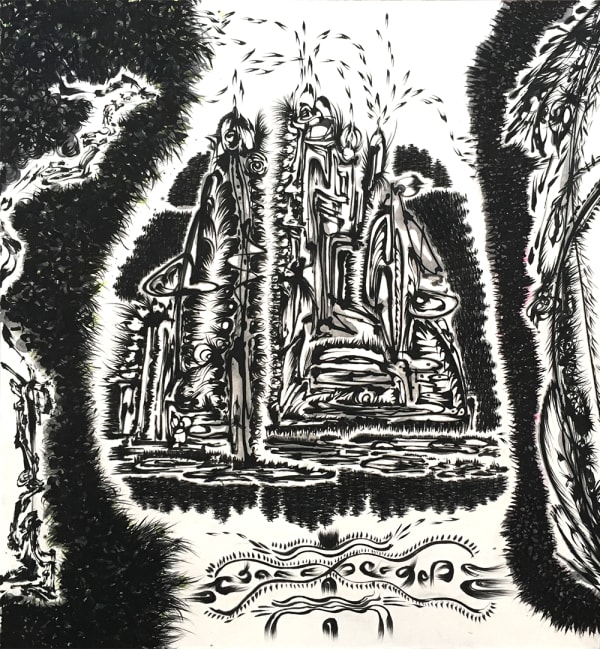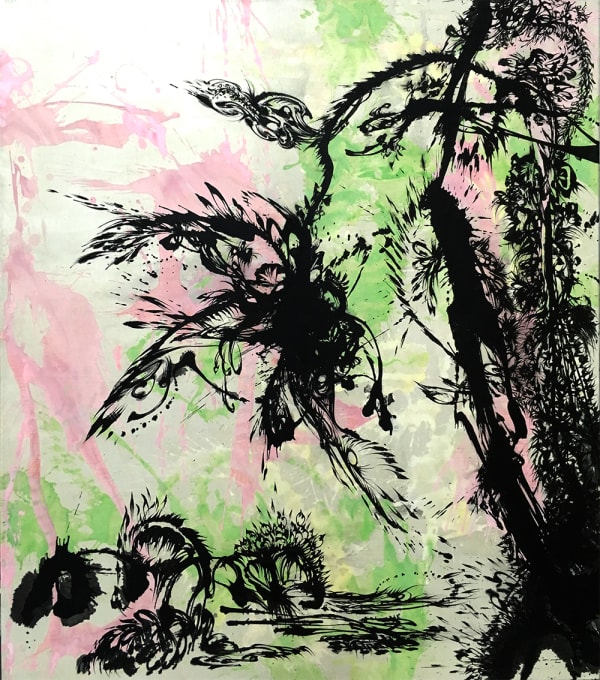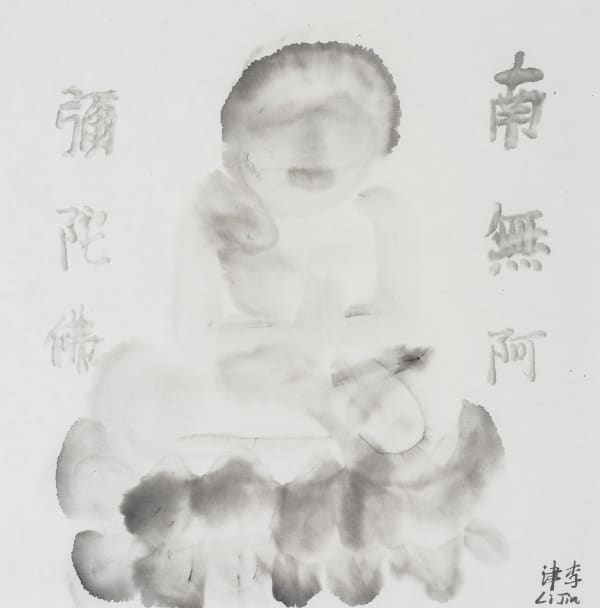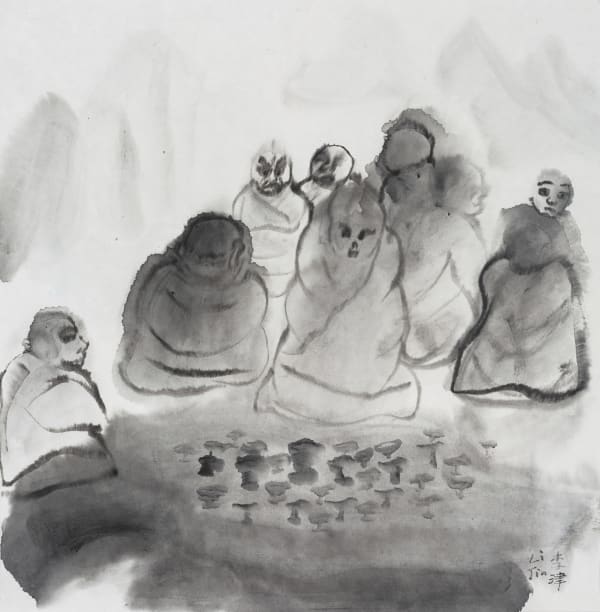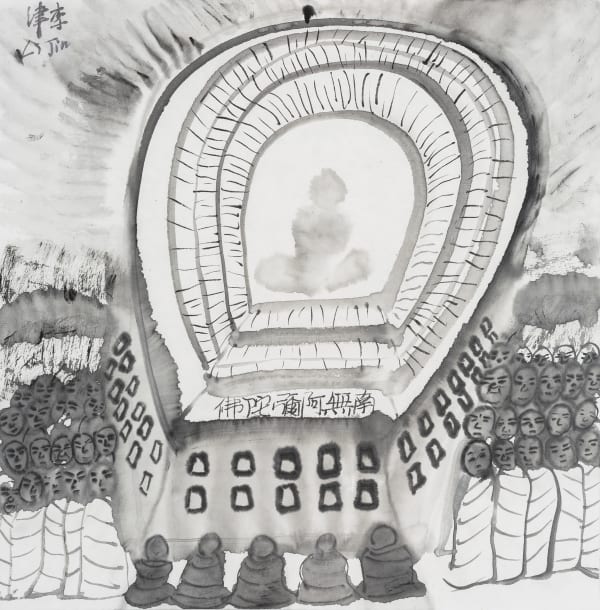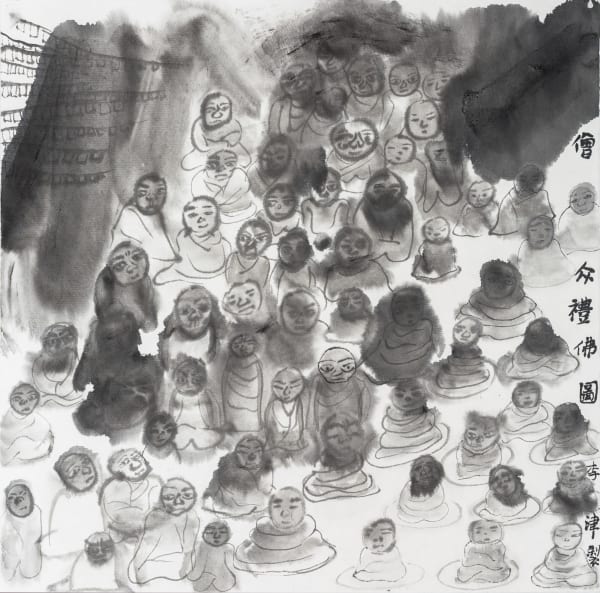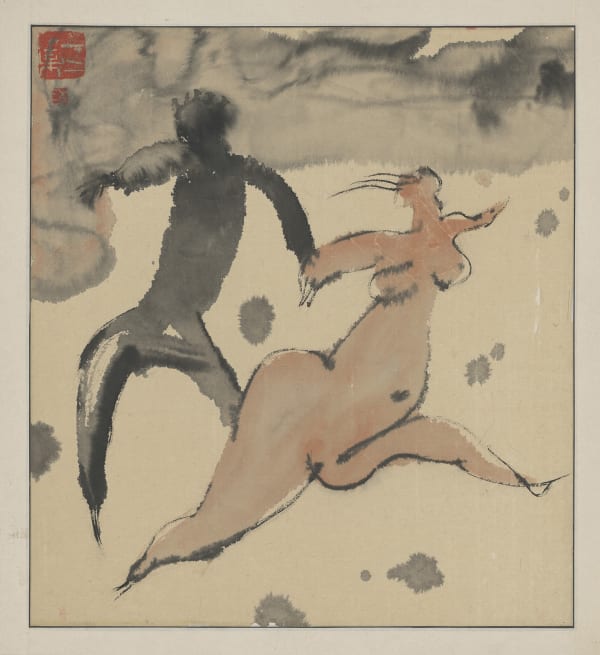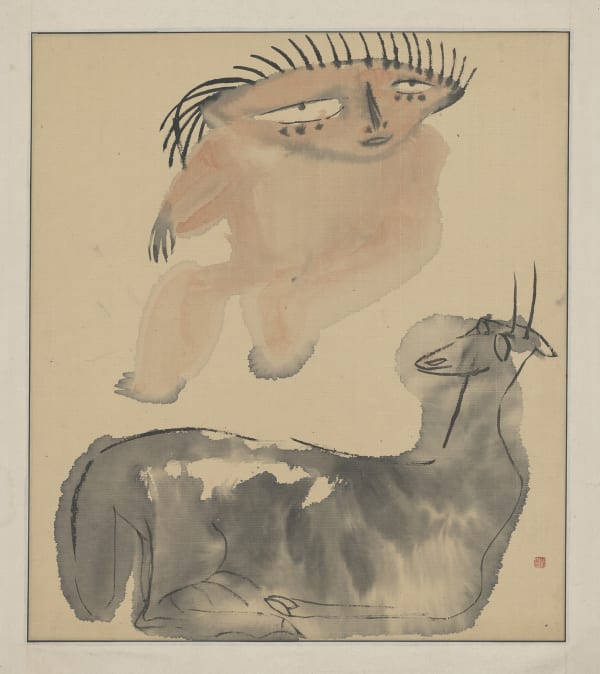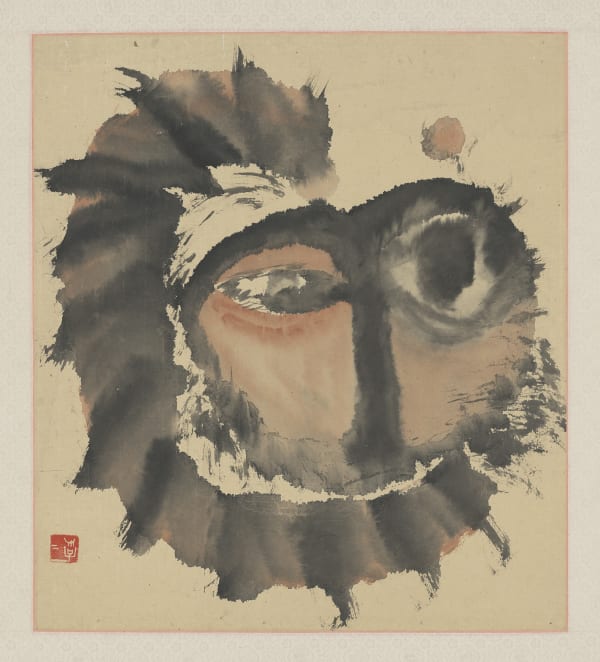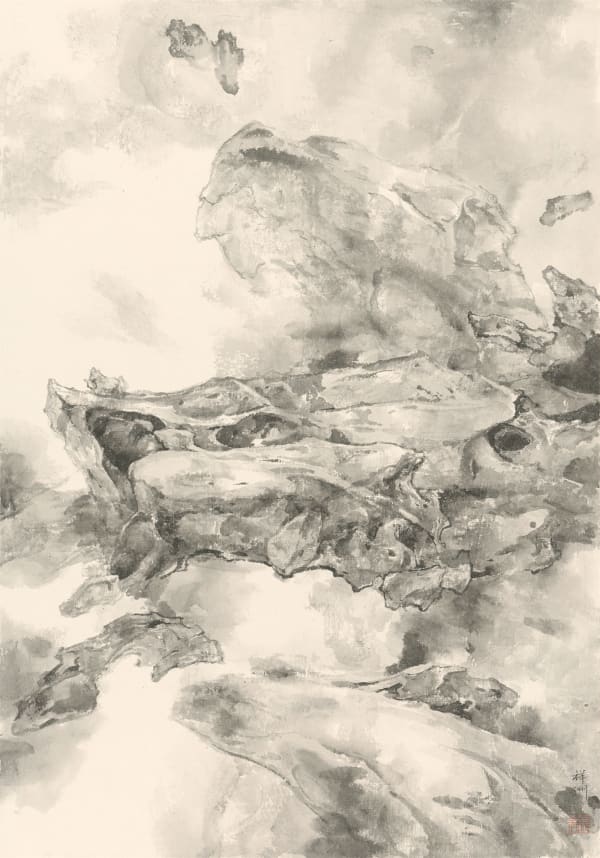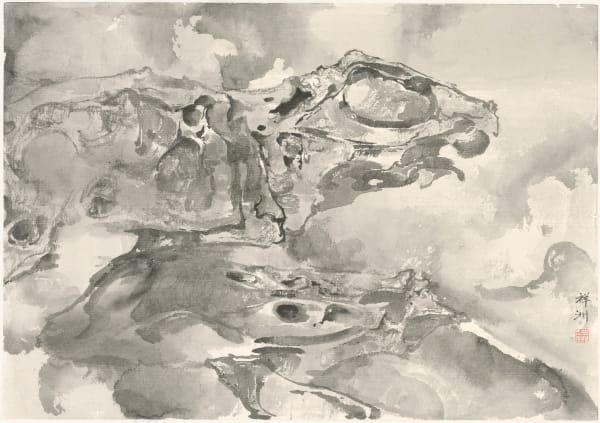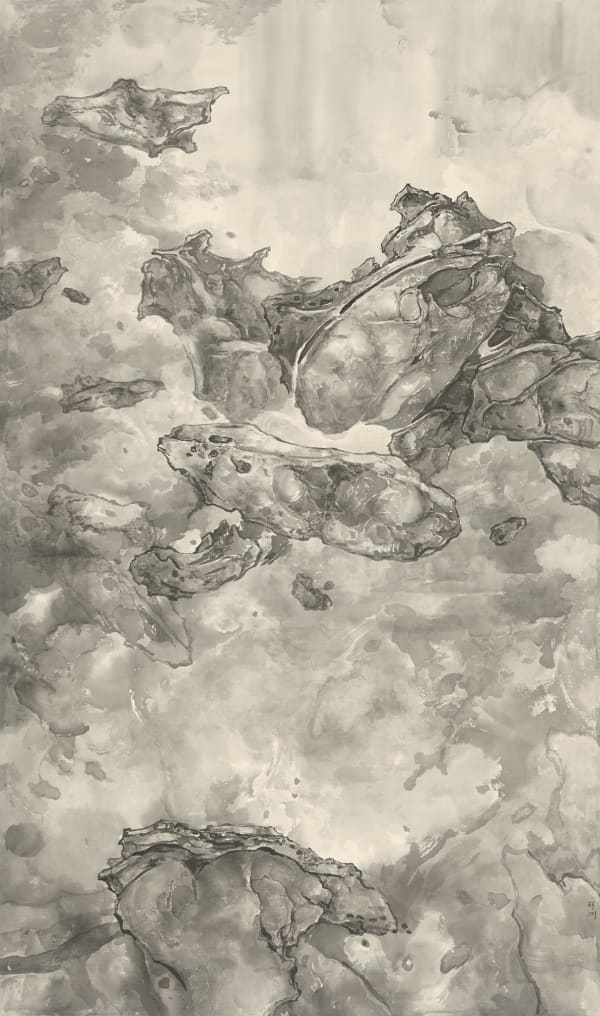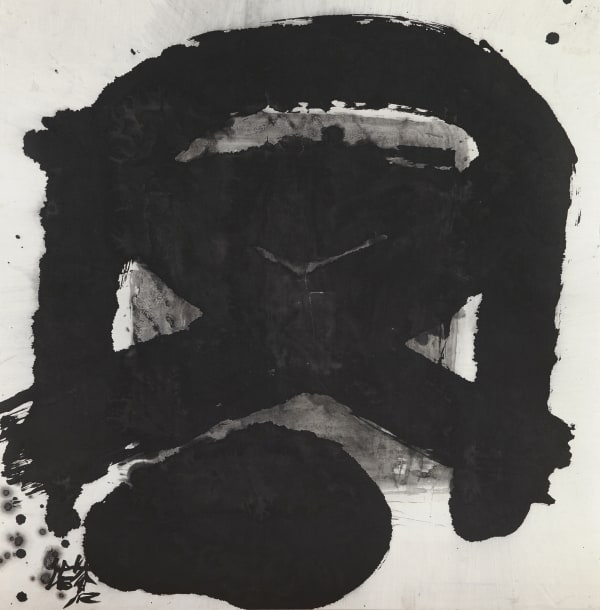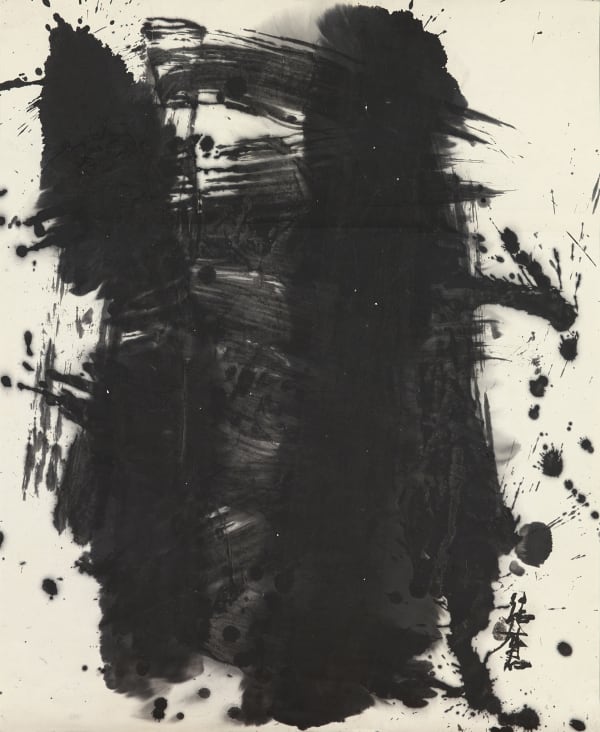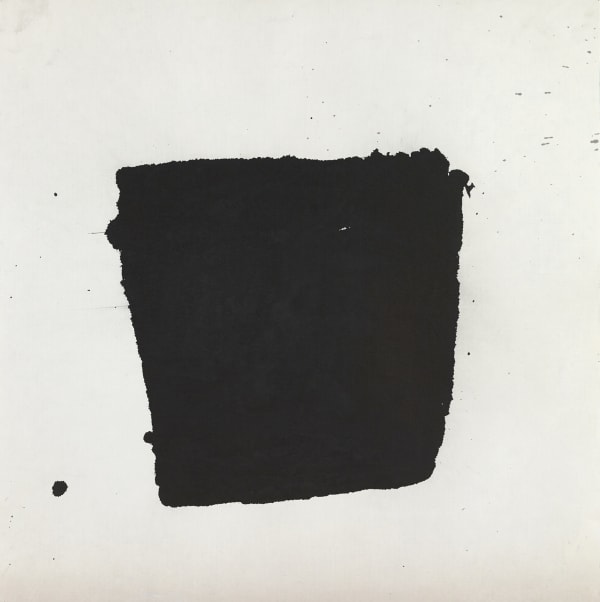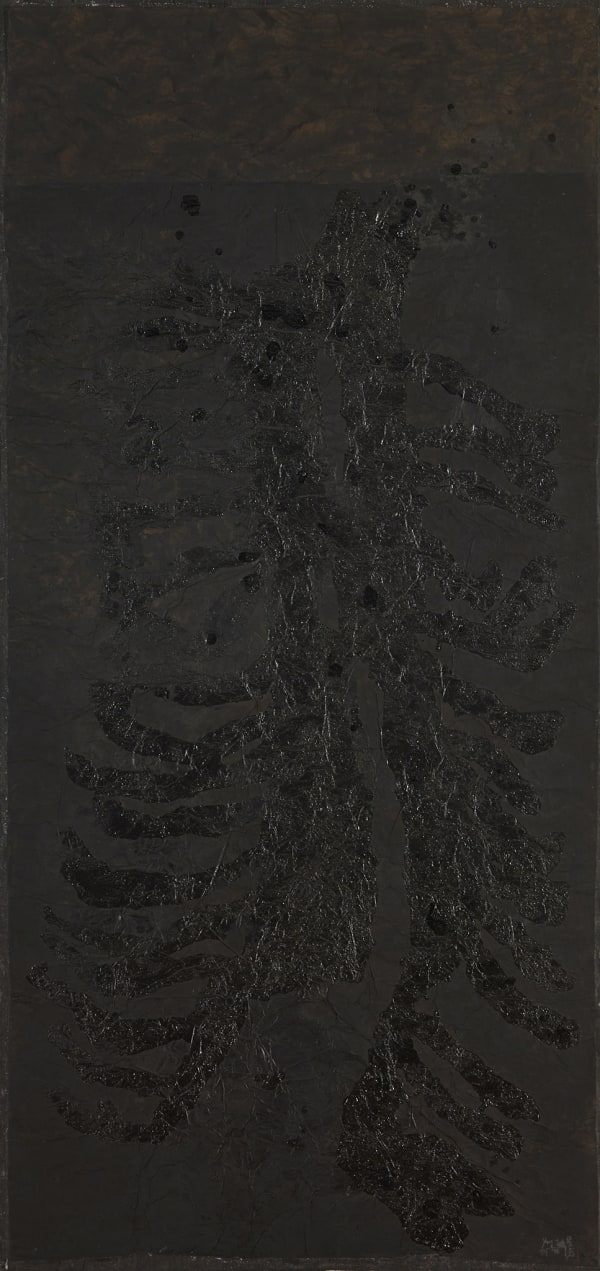- Bingyi 冰逸, Sonic Painting Series (11) 《声音绘画》系列(11), 2016
- Bingyi 冰逸, Sonic Painting Series (4) 《声音绘画》系列(4), 2016
- Bingyi 冰逸, 润, 2013-2014
- Bingyi 冰逸, 渱, 2013-2014
- Bingyi 冰逸, Fairy of Pear 梨妖, 2012-2016
- Bingyi 冰逸, Fairy of Waterfall 流妖, 2012-2016
- Chen Haiyan 陈海燕, White Chickens 白色鸡, 2017
- Chen Haiyan 陈海燕, White Wolves 白狐, 2017
- Huang Zhiyang 黄致阳, Possessing Numerous Peaks No. s-1235 座千峰s-1235号, 2012
- Huang Zhiyang 黄致阳, Zoon-Beijing Bio Zoon-北京生物 No.1701, 2017
- Huang Zhiyang 黄致阳, Zoon-Dreamscape Zoon-密视 No.1705, 2017
- Huang Zhiyang 黄致阳, Zoon-Dreamscape Zoon-密视 No.1703, 2017
- Huang Zhiyang 黄致阳, Zoon-Dreamscape Zoon-密视 No.1702, 2017
- Huang Zhiyang 黄致阳, Zoon-Dreamscape Zoon-密视 No.1701, 2017
- Li Jin 李津, Morning Practice in California 加州晨课, 2017
- Li Jin 李津, Morning Practice in California 加州晨课, 2017
- Li Jin 李津, Morning Practice in California 加州晨课, 2017
- Li Jin 李津, Morning Practice in California 加州晨课, 2017
- Li Jin 李津, Morning Practice in California 加州晨课, 2017
- Li Jin 李津, Morning Practice in California 加州晨课, 2017
- Li Jin 李津, The Pureness of Scallion 葱之清白, 2017
- Li Jin 李津, Cycle of Life 生生不息, 2017
- Li Jin 李津, Picture of Two Friends 二友图, 2017
- Li Jin 李津, The Tibet Series X 西藏组画之十, 1984
- Li Jin 李津, The Tibet Series XI 西藏组画之十一, 1984
- Li Jin 李津, The Tibet Series XIII 西藏组画之十三, 1984
- Li Jin 李津, The Tibet Series IX 西藏组画之九, 1984
- Tai Xiangzhou 泰祥洲, Mending the Sky (i) 天漏谁能补(I), 2015
- Tai Xiangzhou 泰祥洲, Swirling Grotto 洞石旋回, 2016
- Tai Xiangzhou 泰祥洲, Alcor 圣迹开阳, 2017
- Yang Jiechang 杨诘苍, Untitled 无题, 1983
- Yang Jiechang 杨诘苍, Untitled 无题, 1983
- Yang Jiechang 杨诘苍, Untitled 无题, 1983
- Yang Jiechang 杨诘苍, Ink Square 墨方, 1987
- Yang Jiechang 杨诘苍, Earth Roots 地脉, 1994-1996
Booth: A8
December 15-17, 2017
Hall 5B, Hong Kong Convention and Exhibition Centre, 1 Expo Drive, Hong Kong
Is Ink Art Abstract Art?
In the West, “abstract” identifies art that to varying degrees rejects the use of illusionistic representation that dominated European visual arts from the Renaissance to the Modern era. Ink art is different. Since the Six Dynasties (222 – 589 AD) period, or even earlier, Chinese ink artists have employed a range of strategies to create what we can think of as abstract art. In the 4th Century, for example, Wang Xizhi wrote that calligraphy should have yi or “idea/intent”. Later, in the 11th century, Song literatus Su Dongpo famously opined that “those who speak of art in terms of form likeness have an understanding like that of a child.” For Ink Asia, INK studio curates an exhibition exploring this distinction between Western abstraction and ink abstraction. Through the works of seven artists we examine the full breadth of contemporary ink abstraction, from Li Jin, Yang Jiechang and Chen Haiyan who use the brush as an index of themselves, to Zheng Chongbin and Bingyi whose artworks are “resonant” with nature, to metaphoric images by Huang Zhiyang and Tai Xiangzhou.
Brush as Index of Self
The calligraphic brushline has inspired the development of “gestural abstraction” “action painting” and “abstract expressionism” in the West. To Chinese artists, however, the calligraphic brushline carries further meaning as a fully legible, embodied index of the xin or “heart-mind” of the artist or self. Hangzhou woodcut artist and painter Chen Haiyan uses this mode of brushwork to chronicle her dreams. The Tianjin figure painter Li Jin uses calligraphic brushwork in ink to express his state of being or zizai. In his seminal Hundred Layers of Ink series from the late eighties and early nineties, Paris-based ink artist Yang Jiechang (re)conceptualizes calligraphy as a cultivation practice of action, repetition, accumulation and transformation.
“Resonance” as the Interfusion of Self and World
The alignment of dynamic patterns of energy between our minds and our bodies and between our selves and the world around us has served as the fundamental means by which Chinese thinkers and artists have come to know themselves and the larger world of which they were a part. In his latest “landwork paintings,” California-based artist Zheng Chongbin instantiates—through ink, white acrylic, water, and xuan paper—the same natural forces and material processes that shape our geological landscape. In her “sonic paintings” Bingyi uses ink as "dark light" —carbon, an absolute absorber of light, in water, nature's universal, translucent solvent, fixed in time by paper, through absorption and evaporation—to illuminate the dynamic movement of sound waves through water. Although these works appear “abstract” they are in fact different ways of using ink—either as instance or medium—to illuminate the normally invisible, transient and intensive processes that give rise to the stable forms and objects that make up our visible, concrete and extensive world.
Image as Means of Understanding the World
Image and metaphor—as opposed to representation and logic—have been the primary modes of signifying, understanding and reasoning about the world in Chinese art and philosophy. In her encyclopedic series of Fairies, Bingyi embraces a poetic mode of visual metaphor to depict flights of her literary imagination. In his recent ink paintings, Beijing-based artist Tai Xiangzhou uses the landscape as metaphor to depict historical developments in cosmology in contrastive tension with contemporary advances in astro-physics. In his Three Marks, Beijing-Zoon, and Zoon-Dreamscape series, Beijing-based Taiwanese artist Huang Zhiyang reimagines a contemporary language of marks, patterns, images and signifiers to depict the natural and systematic relationships between the energetic, material, biological, phenomenological and societal-cultural worlds.
For inquiries, please contact Sue Mengchen Xu at xu.mengchen@inkstudio.com.cn
More information on Ink Asia: www.inkasia.com.hk/
- X
- Tumblr

